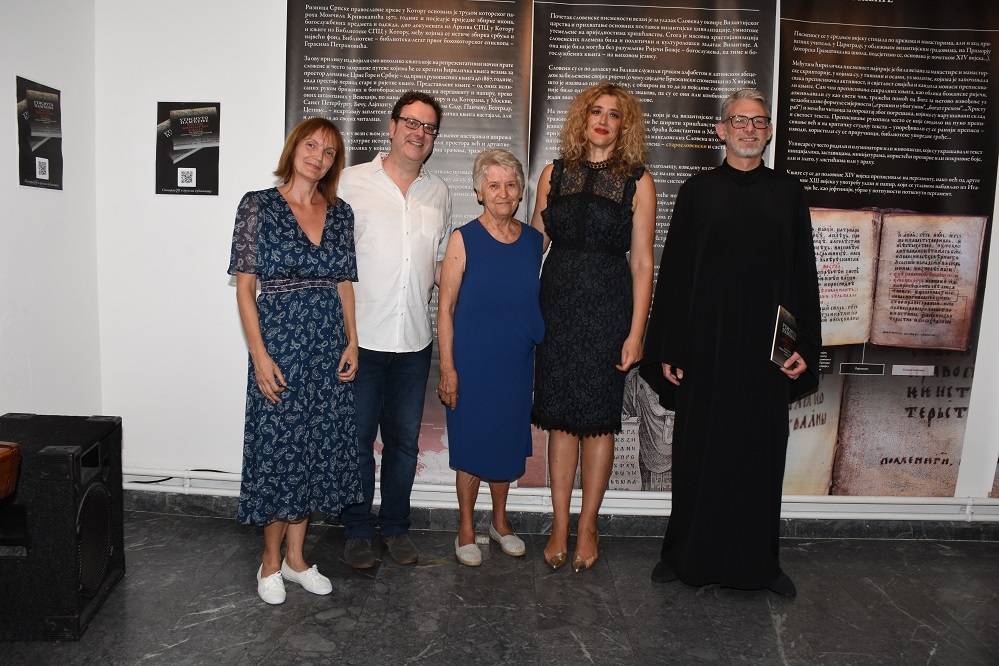
CONTINUATION OF PROMOTION OF THE PRINTED MEMORY PROJECT: TRACING THE CYRILLIC BOOK FROM THE TREASURY OF THE SERBIAN ORTHODOX CHURCH IN KOTOR
Kotor City Library and Reading Room continued with the promotion of Kotor's library and book treasures, presenting the project Imprinted memory: on the trail of the Cyrillic book from the Treasury of the Serbian Orthodox Church in Kotor by Stanka Janković Pivljanin, PhD student at the Faculty of Philology of the University of Belgrade and archpriest Nemanja Krivokopić at the City of Belgrade Library.
Those present were first greeted by the Director of the Library, Mrs. Jasmina Ninkov, then addressed by Jasmina Bajo, the project coordinator, recalling the long tradition of libraries, literacy and books in Kotor and the fact that the Kotor Library first published a book about the Benedictines and their scriptoriums, and now continues with by presenting the history of books and literacy in these areas with this project. She emphasized that this project was supported by the Ministry of Culture of Montenegro through the Program for the Protection and Preservation of Cultural Assets for 2020.
Archpriest Nemanja Krivokapić, co-author of the exhibition, reminded that the Treasury was founded by father Momo Krivokapić in 1971 and that it has a rich collection of liturgical objects, icons, vestments, as well as an Archive and a Library, with valuable books, which are being systematized and processed .
Stanka Janković Pivljanin, co-author of the exhibition and author of the publication, pointed out that the history of letters, as well as books and languages, is largely a reflection not only of the cultural-historical but also of the socio-political circumstances of a space and time, and that the centers where the Cyrillic book was printed were from Krakow, Cetinje , our monasteries, through Venice, Kotor, Moscow, Kiev, St. Petersburg, Vienna, Leipzig, Buda, Pancevo to the first state printing presses in Belgrade and Cetinje - represented not only the ultimate reaches of literacy efforts, but also the points where dominant cultural and political paradigms intersected. She particularly emphasized the importance of Kotor and Kotorans in the history of books, from Andrija Paltašić, who printed the first incunabula in Venice as early as 1471, through Jerolim Zagurović to Fran Andreola, who opened the first printing house in Kotor in 1799 and printed the Sacrifice of Abraham by Vićenti Rakić , as the first Cyrillic book printed on the soil of Montenegro after Oktoich from Cetinje, and before the establishment of Njegoš's printing house in Cetinje.
The exhibition was opened by academician prof. Dr. Zlata Bojović, speaking about the history of the development of printed Cyrillic books, their distribution and copying of printed books.
The moderator was Nataša Reel, curator of the Atrium Gallery.
Visitors could also watch a video with the displayed books, as well as download the publication Imprinted memory: on the trail of Cyrillic books from the Treasury of the Serbian Orthodox Church in Kotor by Stanka Janković Pivljanin via a QR code.
Kotor city library and reading room
PHOTOS
RELATED ARTICLES
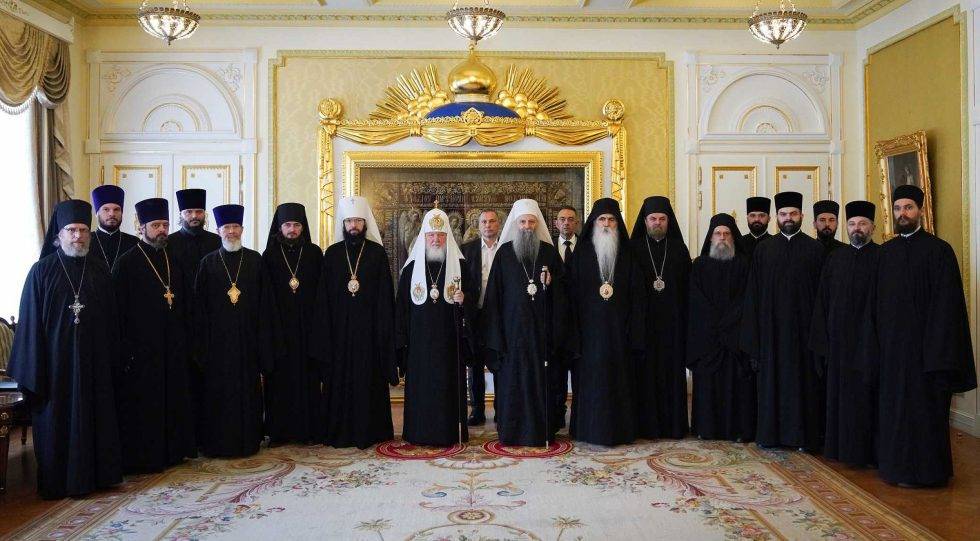
Serbian Patriarch Porfiry spoke with Patriarch Kirill of Moscow and All Russia
His Holiness Serbian Patriarch Porfiry, who is on a multi-day visit to Moscow...
Calendar for April 24 The Holy Martyr Antipas, Bishop of Pergamum
He is mentioned in the Book of Revelation as Antipas, my faithful witness...
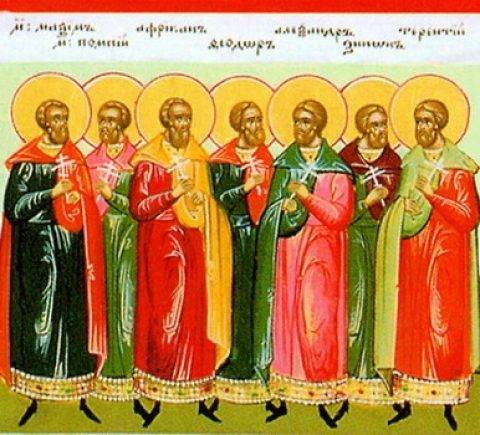
Calendar for April 23 The Holy Martyrs Terentius, Africanus, Maximus, Pompey and Others
They suffered for Christ and were crowned with a crown of glory during the...


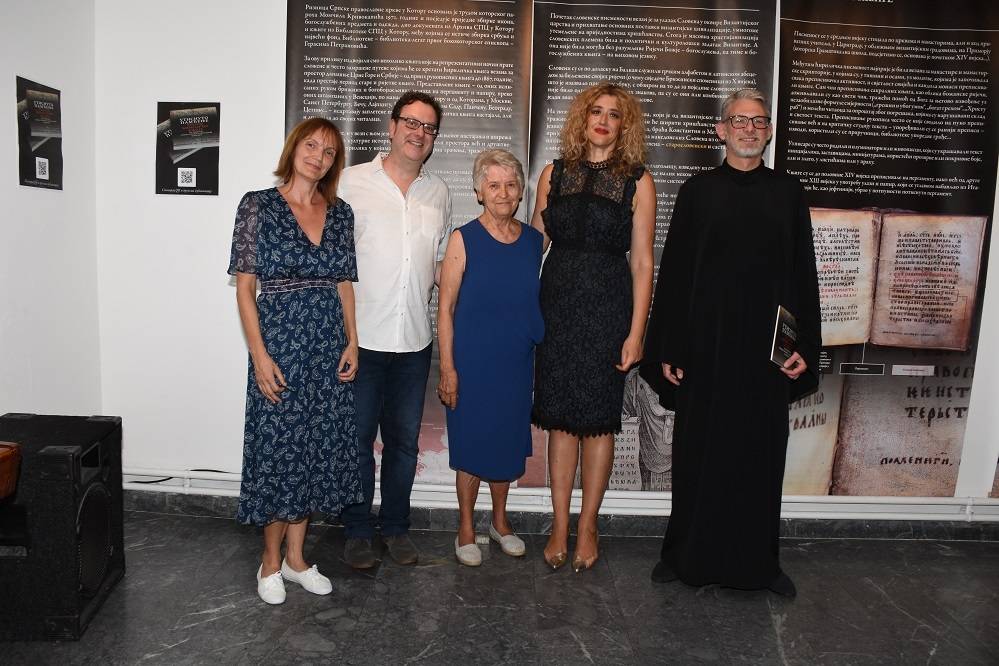

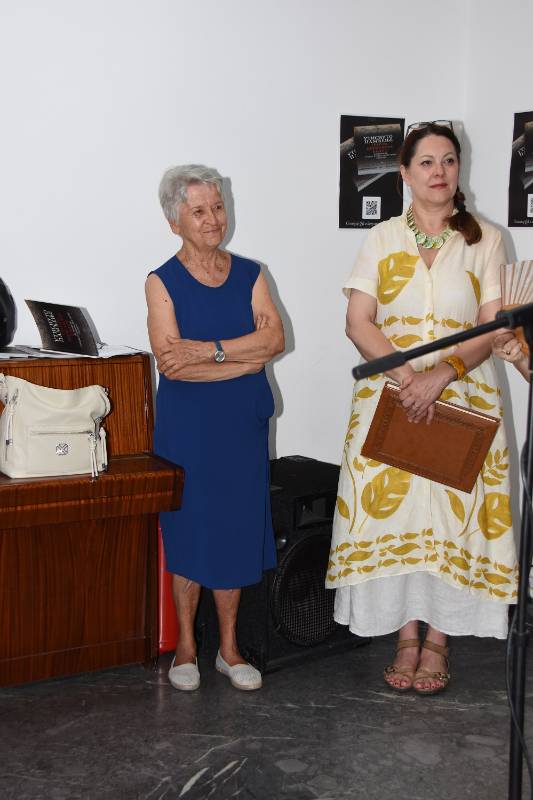
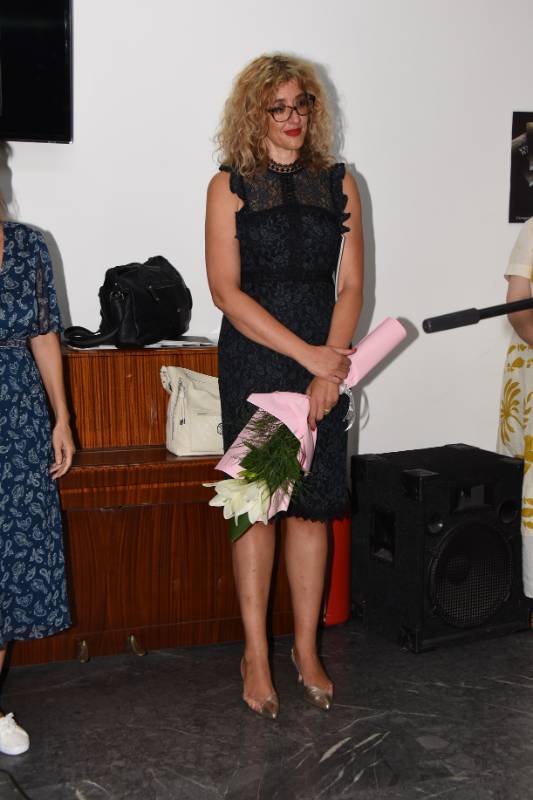
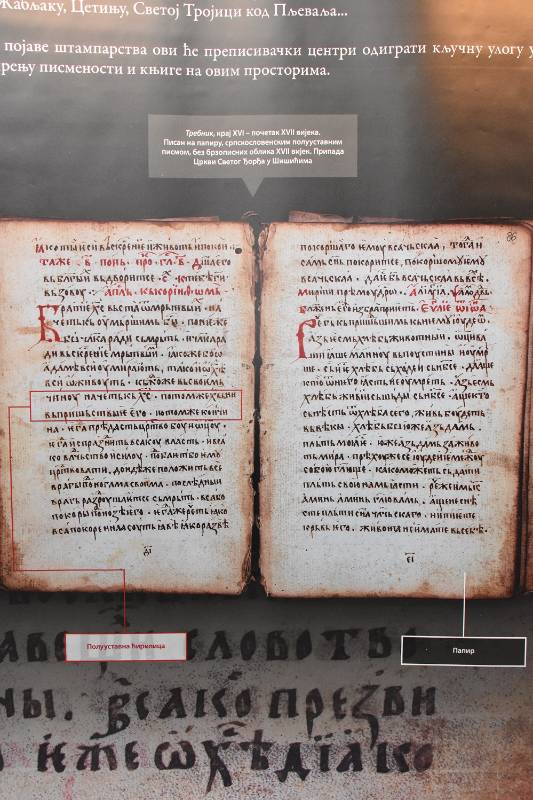
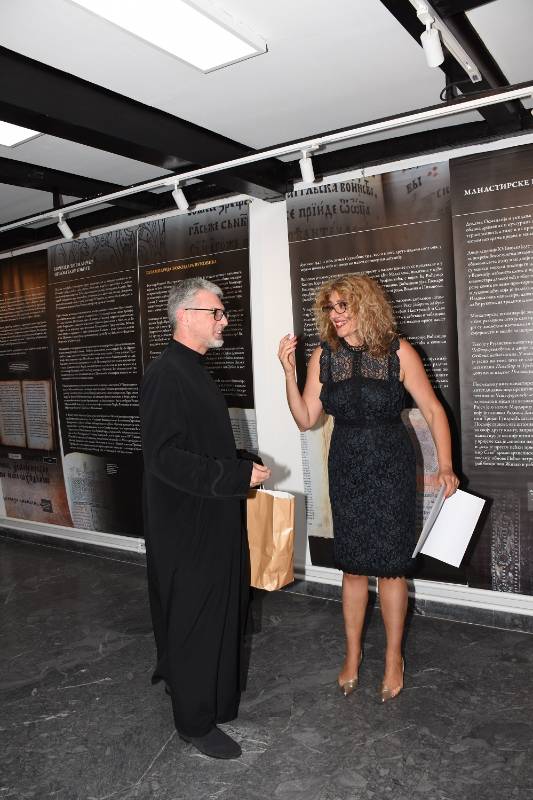
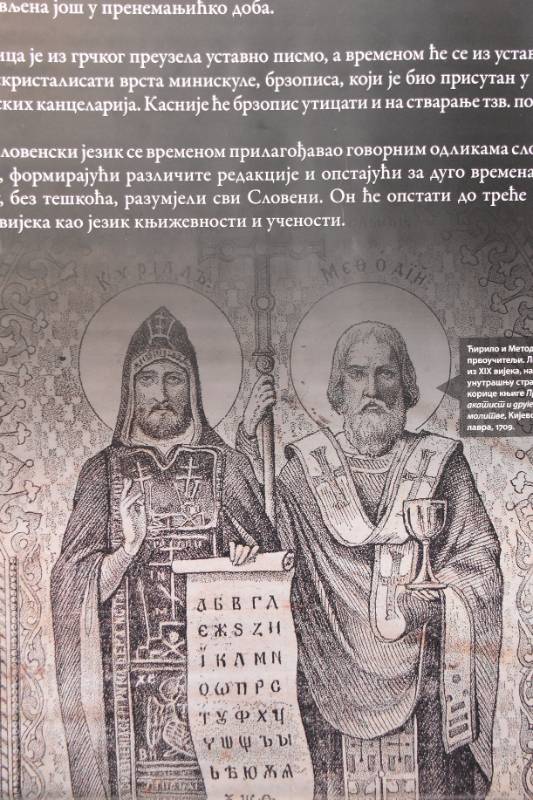
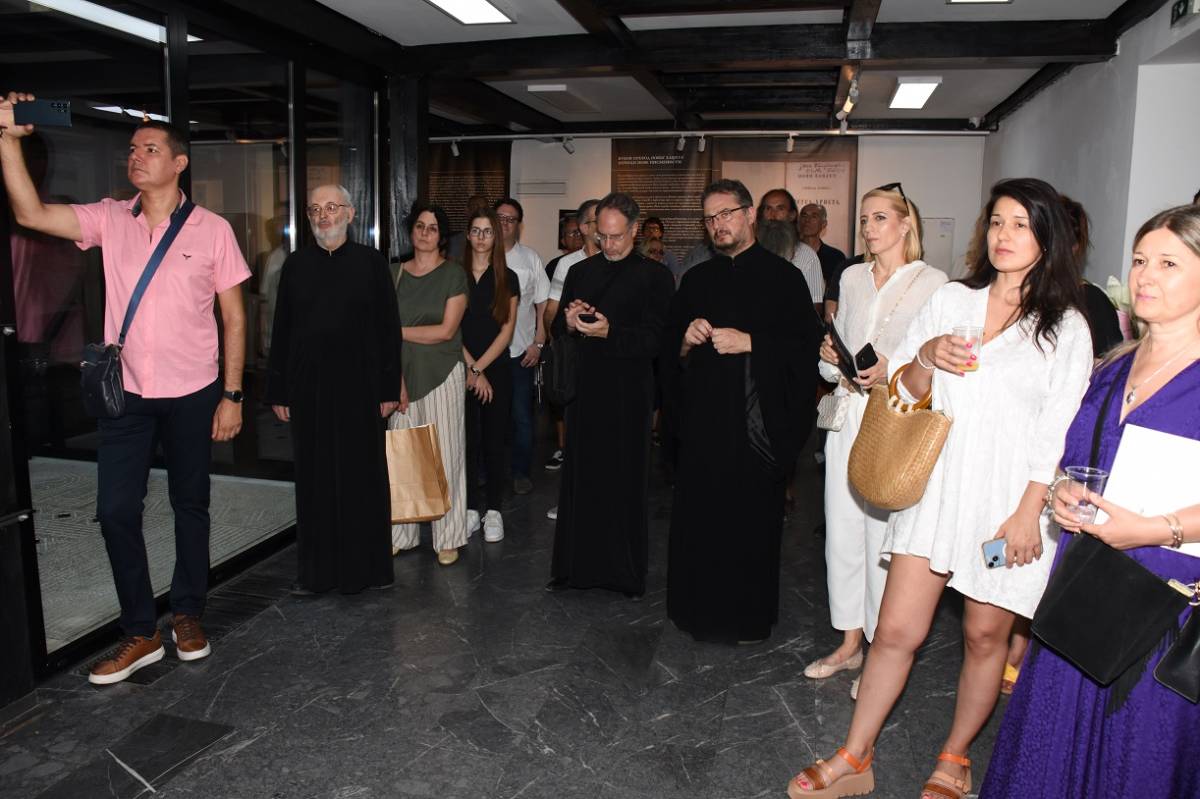
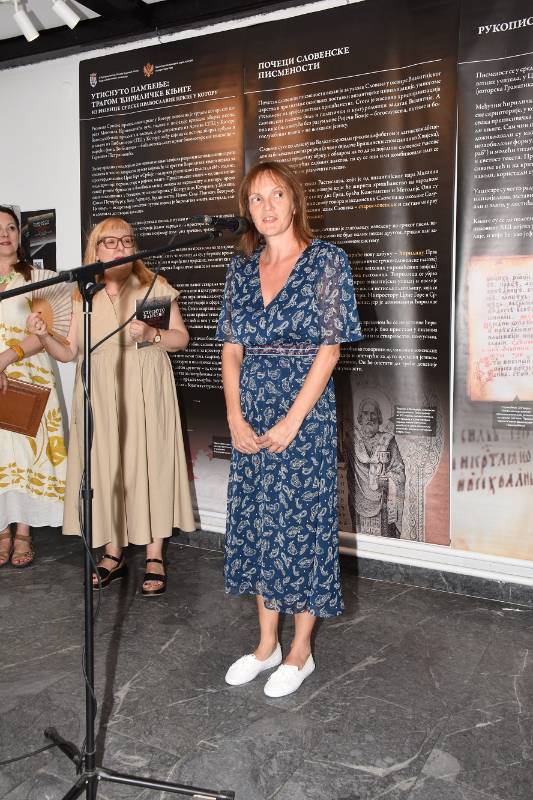
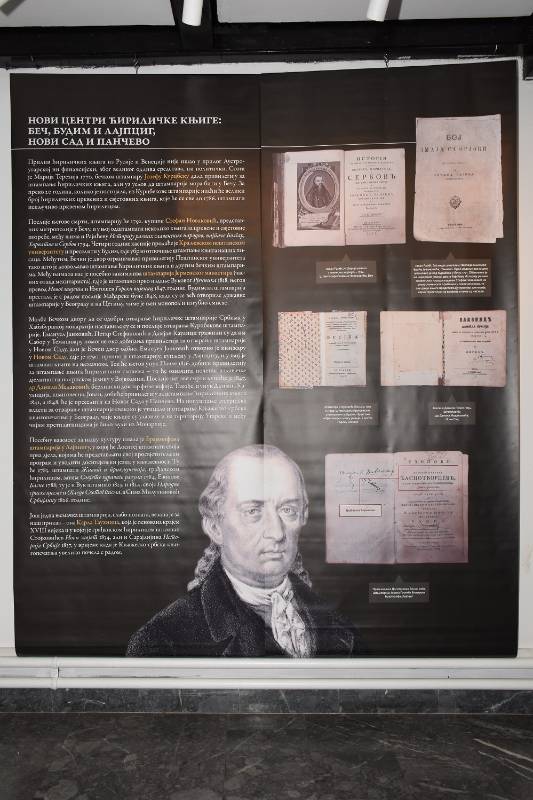
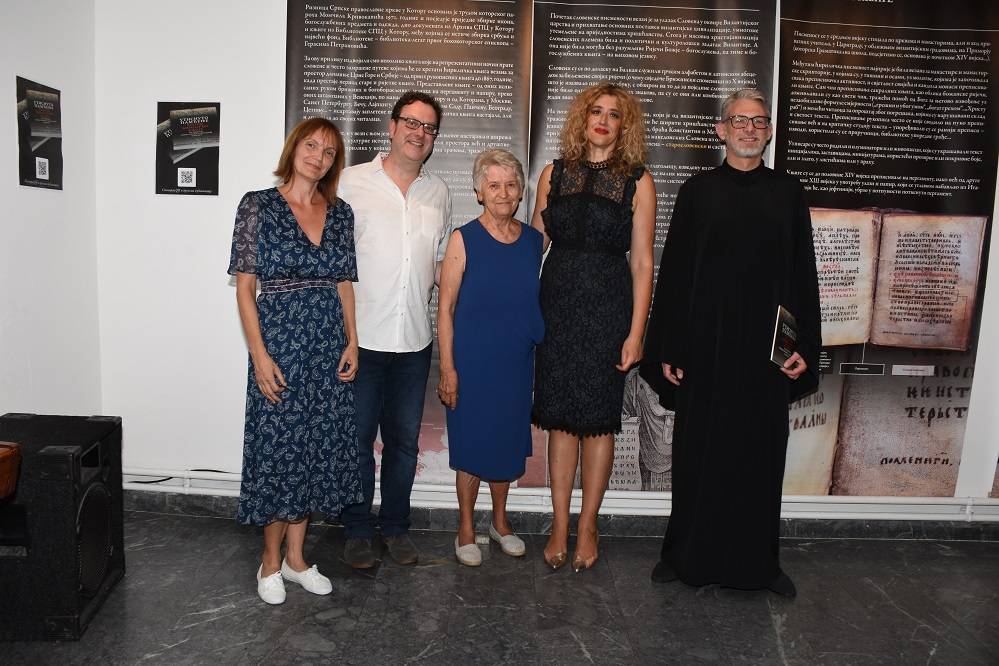
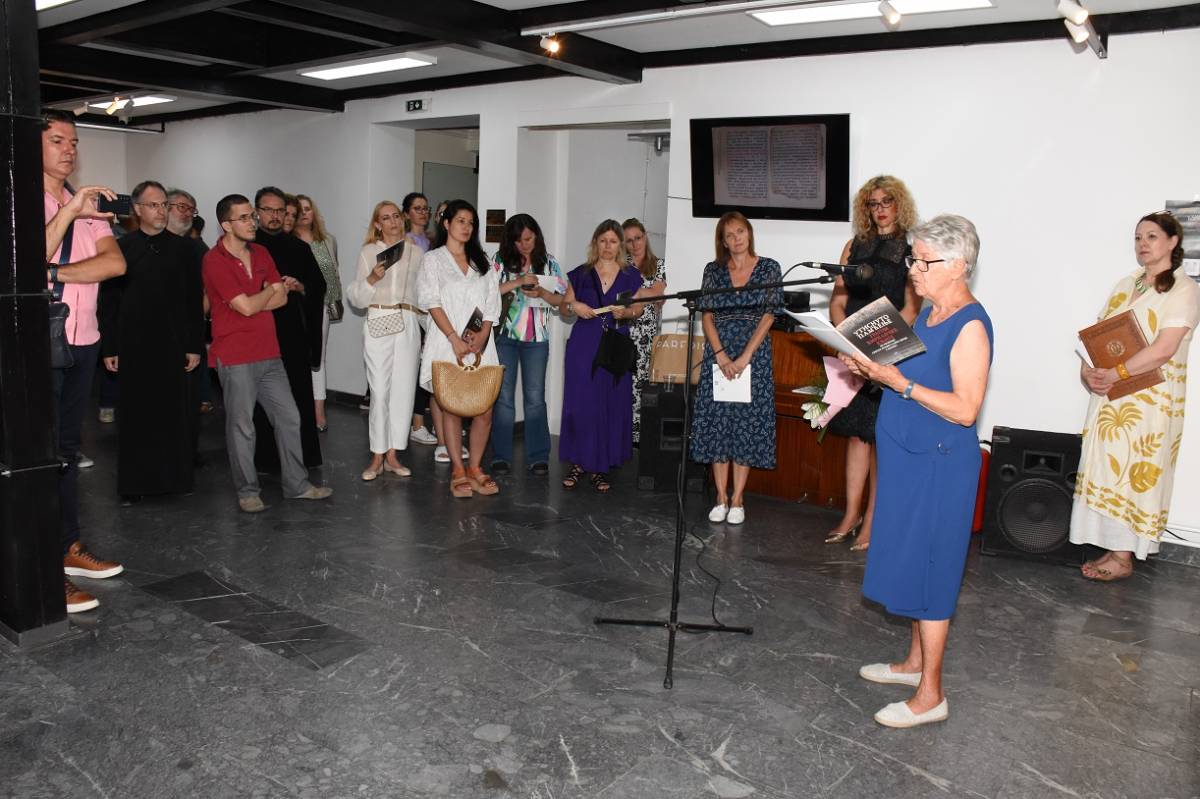
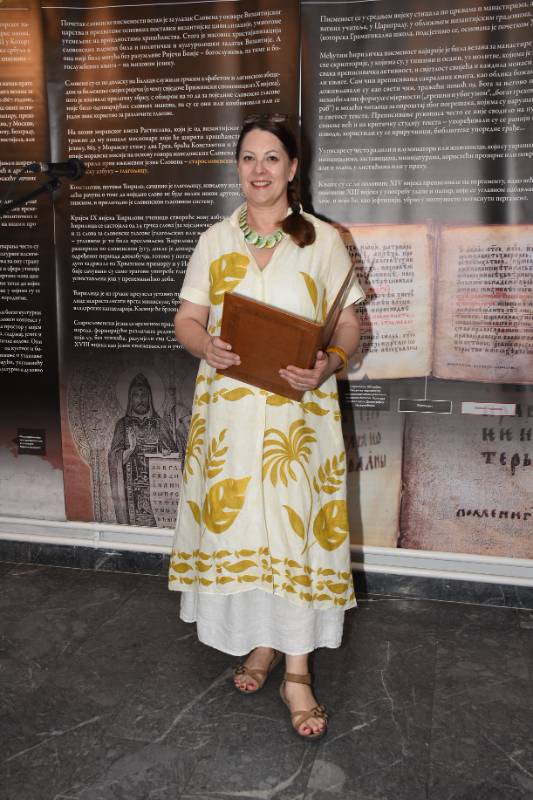
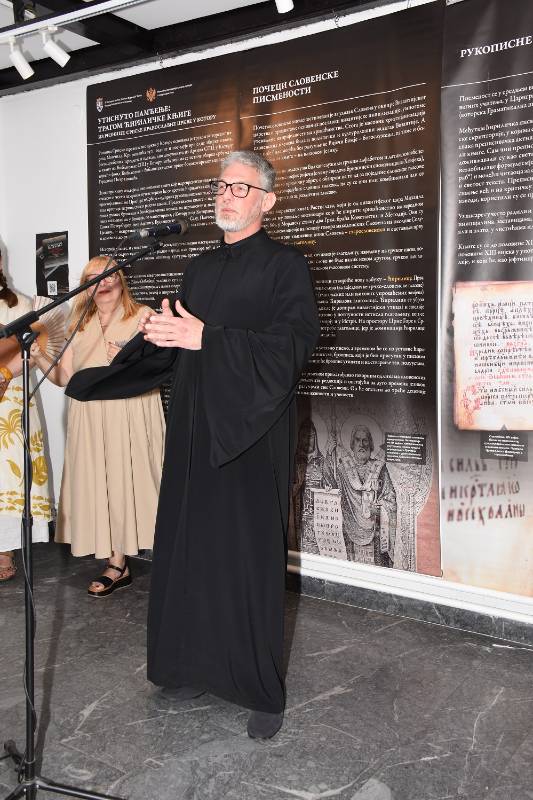
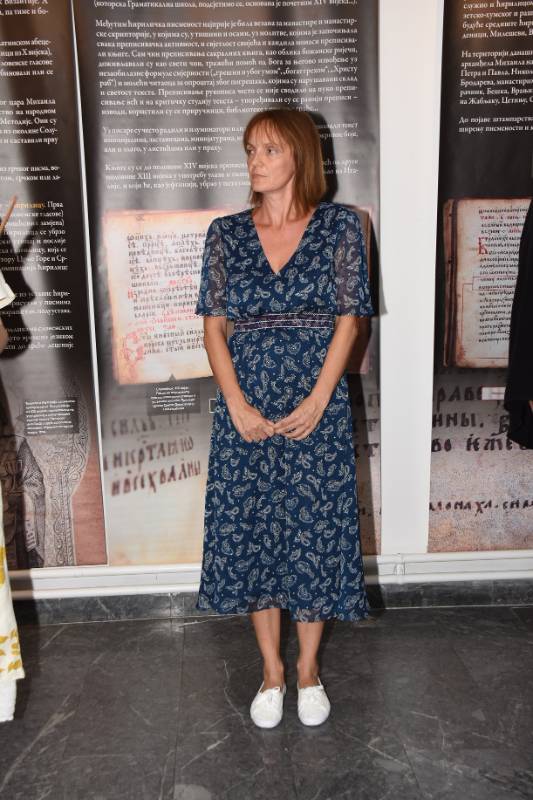
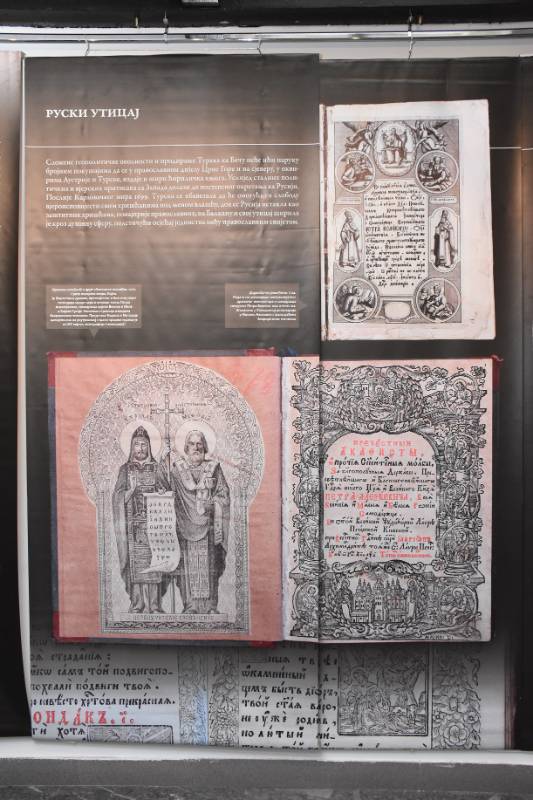
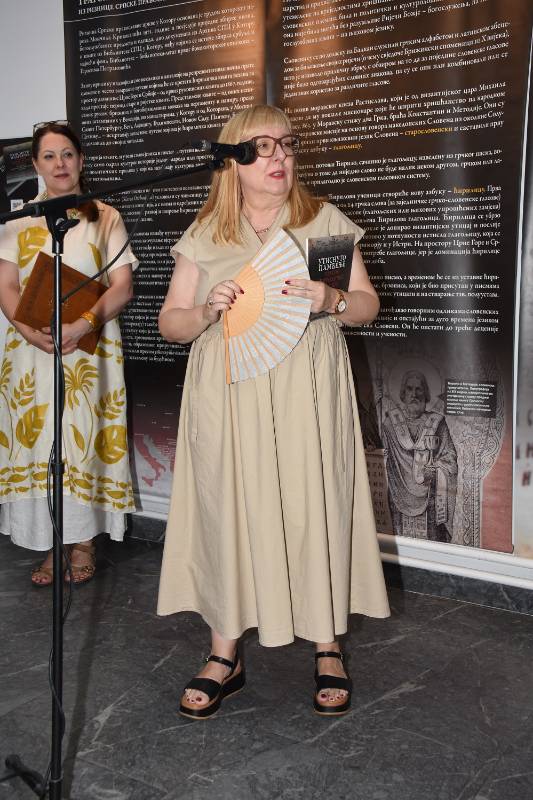
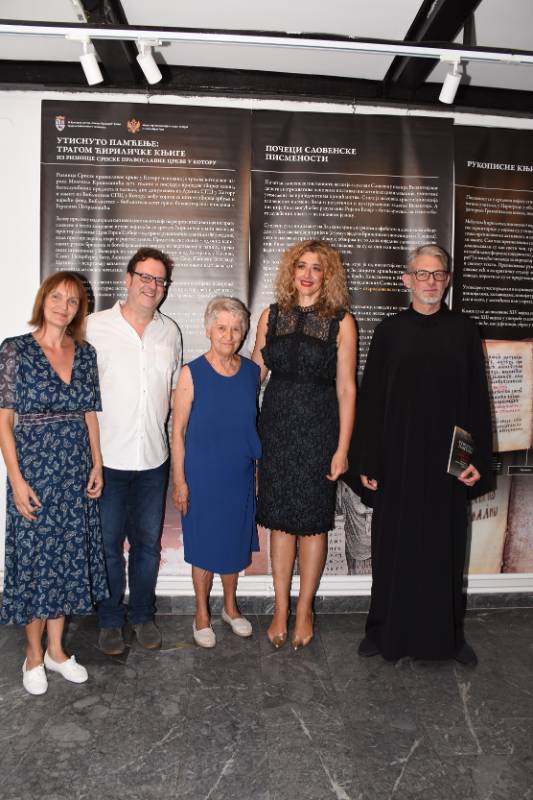
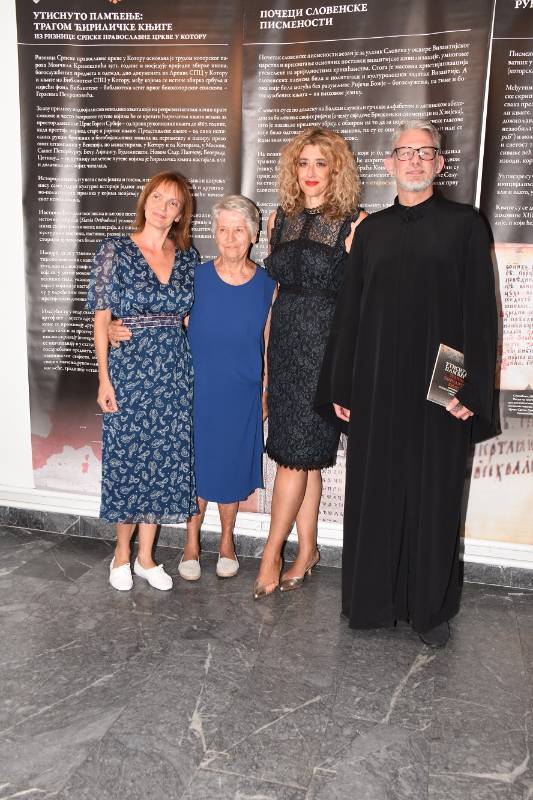
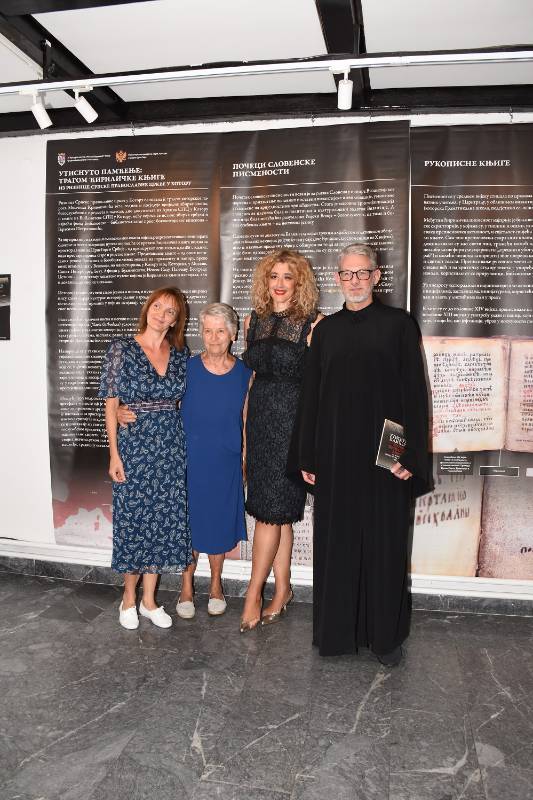
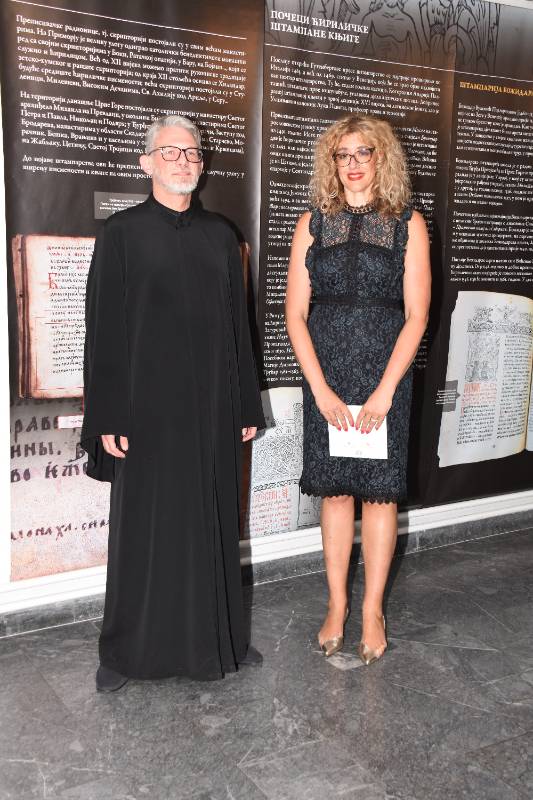
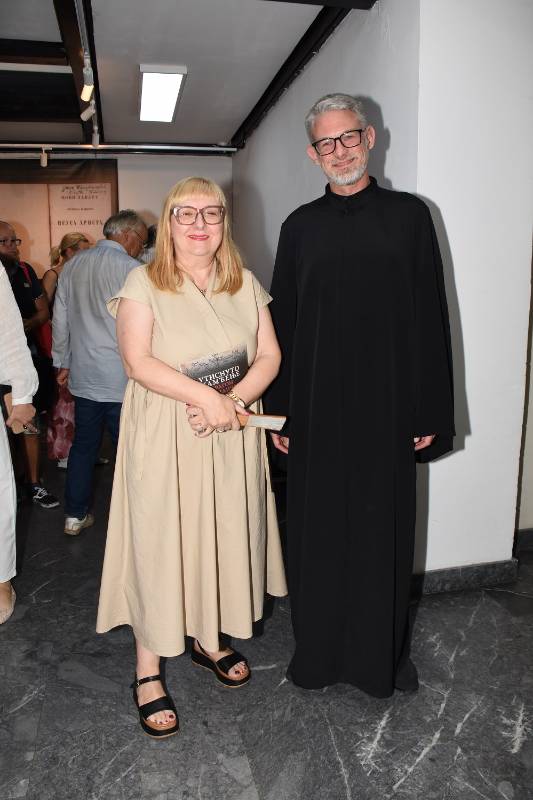
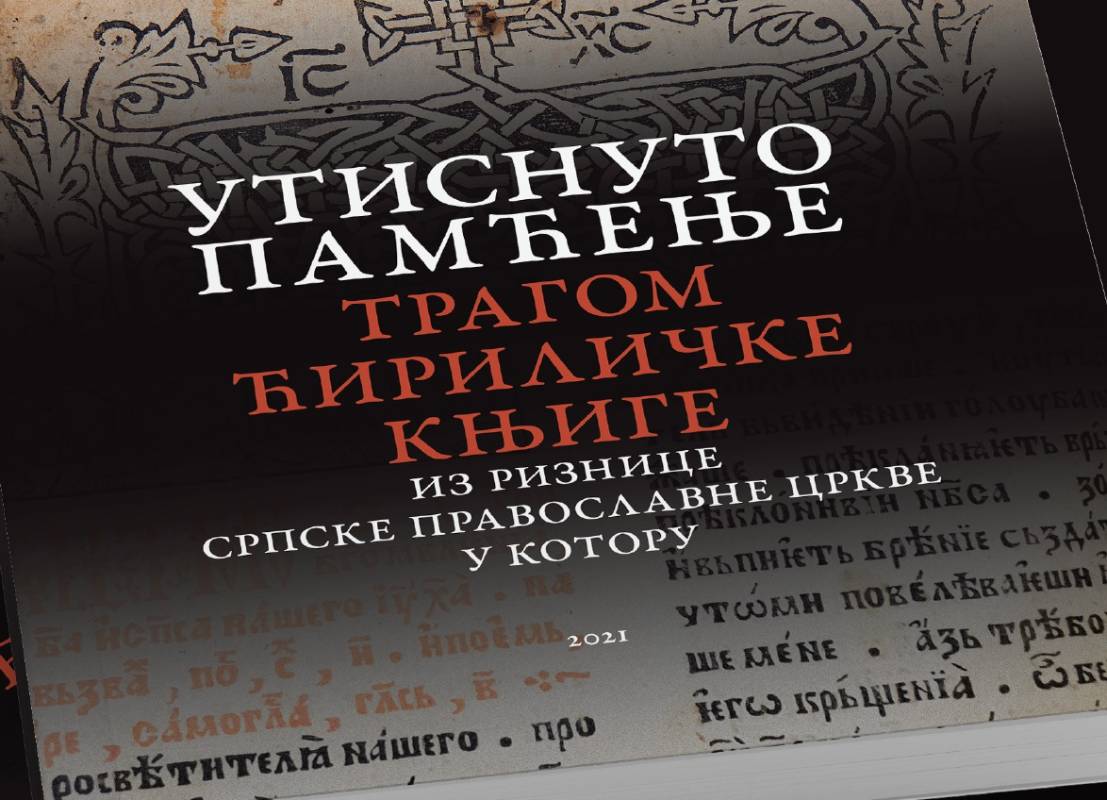
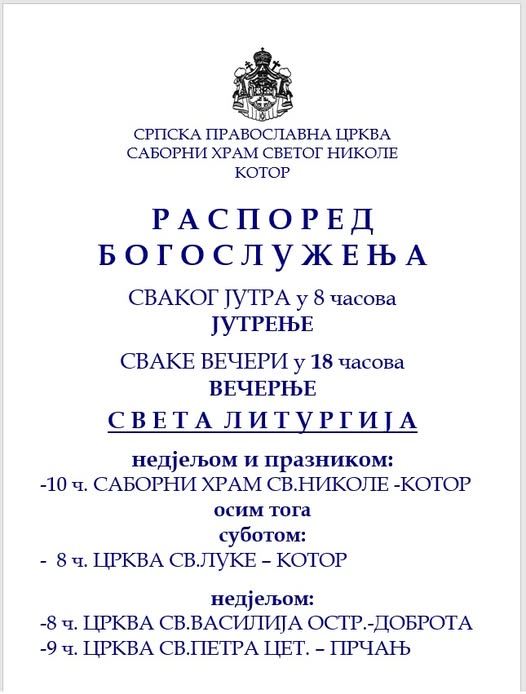
.png)